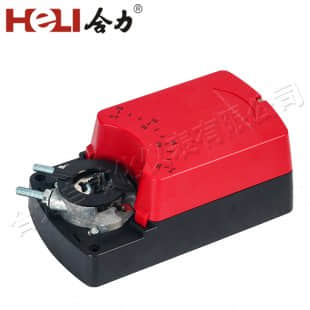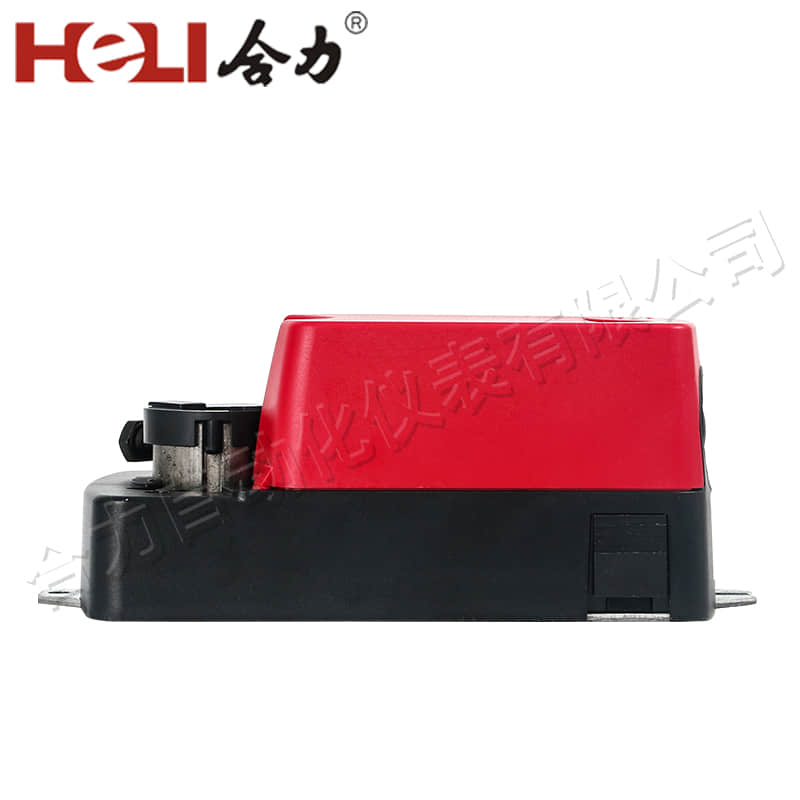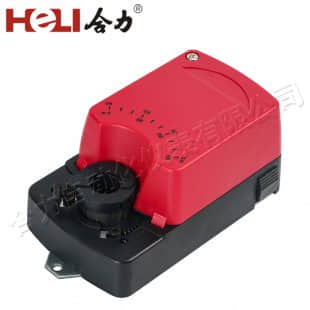understanding damper actuators: their role and importance in modern hvac systems
Release time:2024-12-06 23:35:28
In modern heating, ventilation, and air conditioning (HVAC) systems, the effective regulation of airflow is crucial for energy efficiency, comfort, and air quality. One key component that plays a significant role in this regulation is the damper actuator. A damper actuator is an essential device used to control the position of dampers in ductwork, allowing for precise management of airflow within a building. This article delves into the functionality, types, applications, and benefits of damper actuators, highlighting their importance in contemporary HVAC systems.

What is a Damper Actuator?

A damper actuator is a mechanical device that adjusts the position of dampers—flaps or valves installed in air ducts—that regulate the flow of air. These actuators can be driven by various power sources, including electric motors, pneumatic pressure, or hydraulic fluid. By opening or closing dampers, the actuator controls the volume and direction of airflow in the HVAC system, ensuring optimal temperature and air quality throughout the space. Types of Damper Actuators
Damper actuators can be categorized based on their power source and functionality:




